Welcome to SK Renovations, LLC
SK Renovations is a collective of premier contractors in the Tampa Bay area, boasting over 100 years of combined experience across all aspects of construction & renovation. As a one-stop shop for all your renovation needs, SK Renovations specializes in restoring both commercial and residential properties with unmatched expertise and attention to detail. SK Renovations is your trusted partner for delivering high-quality results.
Quick Quote Form

Water Damage Cleanup and Restoration
Water damage cleanup and restoration is a multi-step process designed to address the damage caused by water intrusion, whether from flooding, burst pipes, or leaks. The first stage involves assessing the extent of the damage and identifying the type of water involved—whether clean, gray, or black water—since this affects the cleaning methods required. Next, professionals extract the standing water using high-powered pumps and vacuums to prevent further damage. Once the water is removed, industrial fans and dehumidifiers are used to thoroughly dry the affected areas, preventing mold growth and ensuring that moisture doesn’t remain in walls, floors, or other structures.
After drying, the cleaning and sanitization process begins, where surfaces and materials are disinfected to remove any harmful bacteria, particularly when contaminated water is involved. Items like carpets and furniture may be cleaned or discarded, depending on their condition. Mold prevention treatments are applied to areas that were exposed to moisture. Finally, the restoration phase involves repairing or replacing damaged parts of the home, from drywall and flooring to more extensive renovations if needed. The goal of water damage cleanup and restoration is to return the property to its pre-damage condition while ensuring the space is safe, dry, and resilient against future issues.
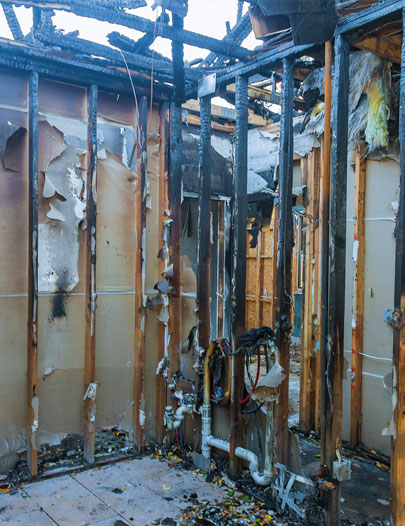
Fire Damage Restoration
Fire damage restoration is a comprehensive process aimed at repairing and recovering properties affected by fire, smoke, and soot. The first step is an assessment of the damage, where professionals evaluate the extent of structural damage and the areas affected by smoke and soot residue. Immediate action is taken to secure the property, which may include boarding up windows, placing tarps over exposed areas, and reinforcing weakened structures to prevent further deterioration. Once the property is secure, the cleanup process begins, involving the removal of debris, damaged materials, and charred remnants. Specialized equipment is used to eliminate smoke and soot from surfaces, furniture, and personal belongings, as these residues can cause ongoing damage and affect indoor air quality.
After the debris and smoke have been cleared, the next phase focuses on cleaning, deodorization, and restoration. Fire often leaves a lingering smoke odor that requires deep cleaning techniques such as thermal fogging and ozone treatments to neutralize. At this stage, any salvageable items are cleaned and restored, including furniture, electronics, and personal items. The final stage is the actual restoration and repair work, which may include rebuilding damaged sections of the home, replacing walls, flooring, and ceilings, and repainting. The goal of fire damage restoration is to return the property to its pre-fire condition, ensuring it is safe, structurally sound, and free from smoke odors and contaminants.
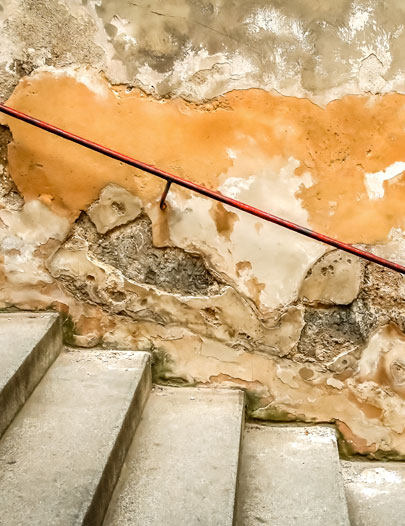
Mold Removal and Remediation
Mold removal and remediation is a specialized process designed to eliminate mold growth and prevent its return, ensuring the safety and health of the property’s occupants. The first step involves a thorough inspection to assess the extent of the mold infestation and identify the source of moisture that is fostering mold growth. Once the affected areas are identified, containment measures are put in place to prevent mold spores from spreading to unaffected parts of the property. This typically involves sealing off the contaminated areas with plastic sheeting and using negative air pressure to ensure that airborne spores are not dispersed.
The next phase is mold removal, where professionals use specialized cleaning products and equipment to eliminate the mold from surfaces. In some cases, porous materials like drywall or carpeting may need to be removed and replaced, as they can absorb mold deeply. After removal, the cleaned areas are treated with antimicrobial agents to kill any remaining mold spores and prevent regrowth. The final step is addressing the moisture issue that caused the mold, whether it’s fixing a leak, improving ventilation, or installing dehumidifiers. Proper moisture control is critical to preventing future mold infestations, ensuring that the property remains safe and mold-free.
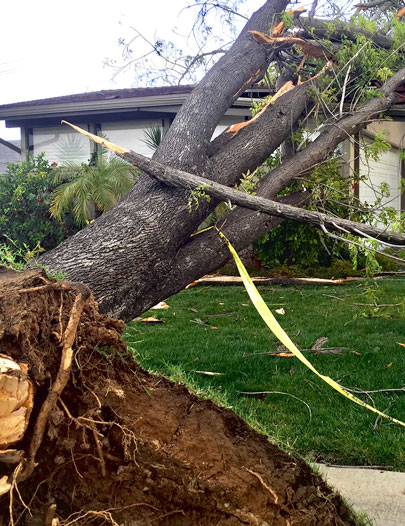
Storm/Disaster
Storm and disaster remediation is a vital process aimed at restoring properties affected by severe weather events such as hurricanes, floods, tornadoes, and other natural disasters. The initial phase involves a comprehensive assessment of the damage, where professionals evaluate the extent of destruction caused by wind, water, or debris. This assessment helps in prioritizing immediate actions, such as securing the property to prevent further damage and ensuring the safety of the occupants. Emergency services, including water extraction and debris removal, are typically initiated at this stage to mitigate additional harm and begin the restoration process as quickly as possible.
Following the initial response, the remediation process focuses on cleaning, repairing, and restoring the affected areas. This may include drying out water-damaged spaces, removing mold or contaminants, and repairing structural damage to walls, roofs, and foundations. Restoration efforts also involve restoring personal belongings, furniture, and appliances that may have been impacted by the disaster. Throughout this process, professionals implement measures to prevent future incidents, such as improving drainage systems, reinforcing structures, and enhancing emergency preparedness plans. The ultimate goal of storm and disaster remediation is to return the property to its pre-disaster condition while ensuring the safety and well-being of its occupants.
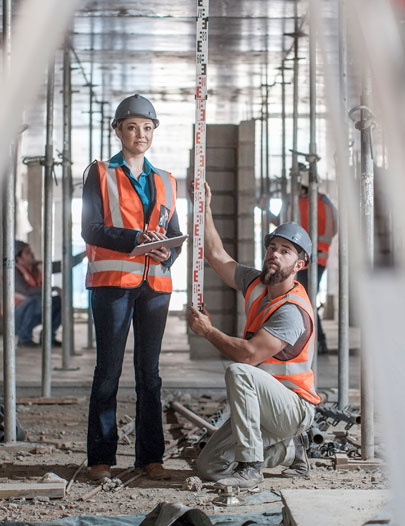
Construction

Cleaning
Storm and disaster remediation is a vital process aimed at restoring properties affected by severe weather events such as hurricanes, floods, tornadoes, and other natural disasters. The initial phase involves a comprehensive assessment of the damage, where professionals evaluate the extent of destruction caused by wind, water, or debris. This assessment helps in prioritizing immediate actions, such as securing the property to prevent further damage and ensuring the safety of the occupants. Emergency services, including water extraction and debris removal, are typically initiated at this stage to mitigate additional harm and begin the restoration process as quickly as possible.
Following the initial response, the remediation process focuses on cleaning, repairing, and restoring the affected areas. This may include drying out water-damaged spaces, removing mold or contaminants, and repairing structural damage to walls, roofs, and foundations. Restoration efforts also involve restoring personal belongings, furniture, and appliances that may have been impacted by the disaster. Throughout this process, professionals implement measures to prevent future incidents, such as improving drainage systems, reinforcing structures, and enhancing emergency preparedness plans. The ultimate goal of storm and disaster remediation is to return the property to its pre-disaster condition while ensuring the safety and well-being of its occupants.
Our Partners
Knight Enterprises
Hendricks Roofing
Tri Area Electric
Karnes Construction
J&J Air Conditioning
Unique Engineering
BP Drywall
Bill Goule P.E.
Tom Ferand Mechanical Engineering
Daniels Door and Trim
Speeler Marine
